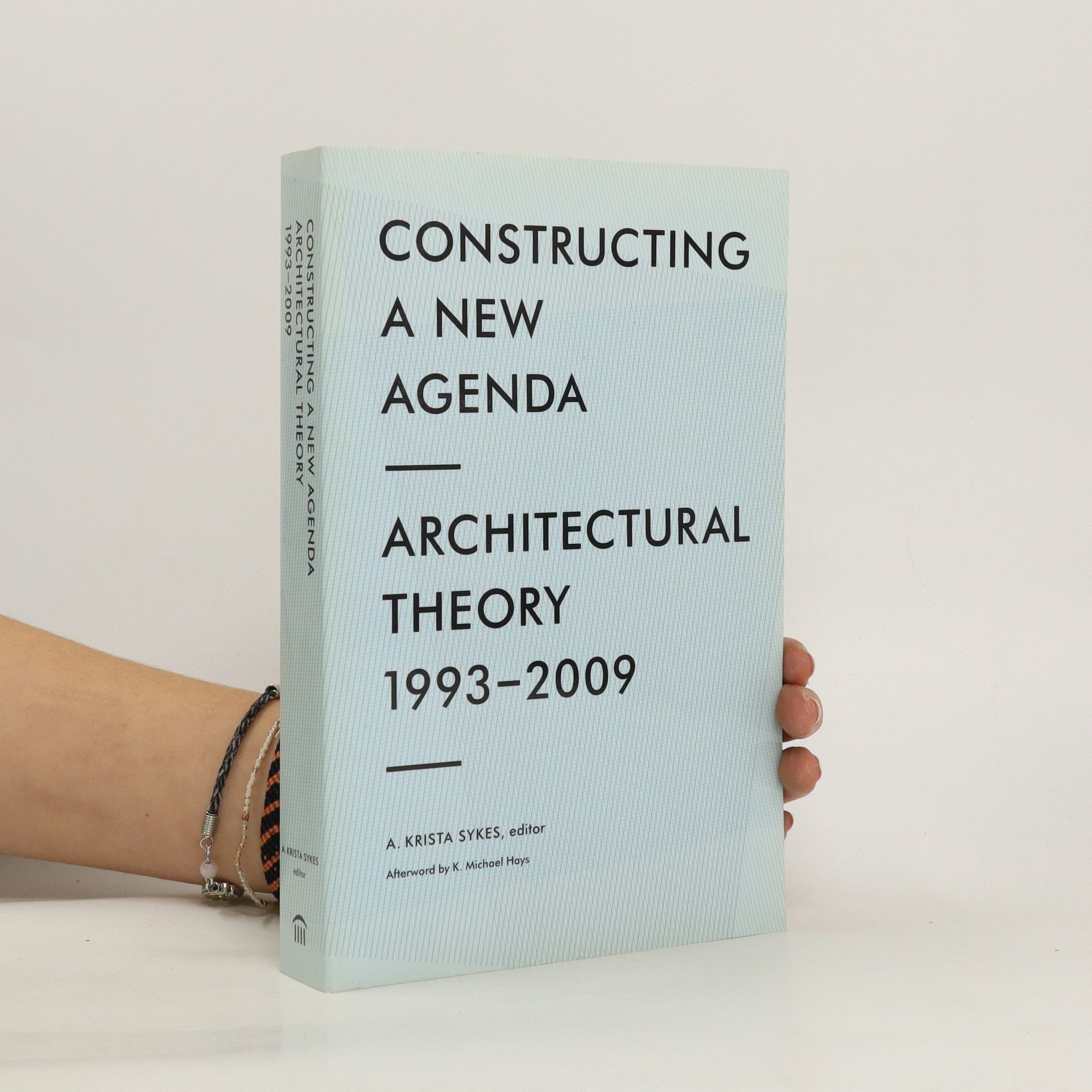"This follow-up to Kate Nesbitt's best-selling anthology Theorizing a New Agenda collects twenty-eight essays that address architecture theory from the mid-1990s, where Nesbitt left off, through the present. Kristin Sykes offers an overview of the myriad approaches and attitudes adopted by architects and architectural theorists during this era. Multiple themes including the impact of digital technologies on processes of architectural design, production, materiality, and representation; the implications of globalization and networks of information; the growing emphasis on sustainable and green architecture; and the phenomenon of the 'starchitect and iconic architecture appear against a background colored by architectural theory, as it existed from the 1960s on, in a period of transition (if not crisis) that centers around the perceived abyss between theory and practice. Theory's transitional state persists today, rendering its immediate history particularly relevant to contemporary thought and practice.
A. Krista Sykes Knihy


"The renowned architectural historian and critic, beloved Yale professor, and outspoken public activist Vincent Scully (1920-2017) emerged in the 1950s as a guiding voice in American architecture. This intellectual biography of Scully's life and career traces the formative moments in his thinking, charting his relationships with a constellation of architects, artists, and cultural personalities of the twentieth century. Scully charted an unlikely course from postwar modernism to postmodernism and New Urbanism, overturning outdated beliefs and changing the face of the built environment as he went. A teacher for more than 60 years, and a figure of immense importance in the field, he was central to an expansive network of associations, from Frank Lloyd Wright, Louis Kahn, and Robert Venturi to Robert Stern, Harold Bloom, and Norman Mailer. Scully's extensive body of work coalesced around the core belief that all architecture shapes society, and responds, above all else, to the human need for community and connection. This timely appraisal provides a platform for reassessing the legacy of these values, as well as raising fresh questions about how we write and think about architecture in the twenty-first century"--